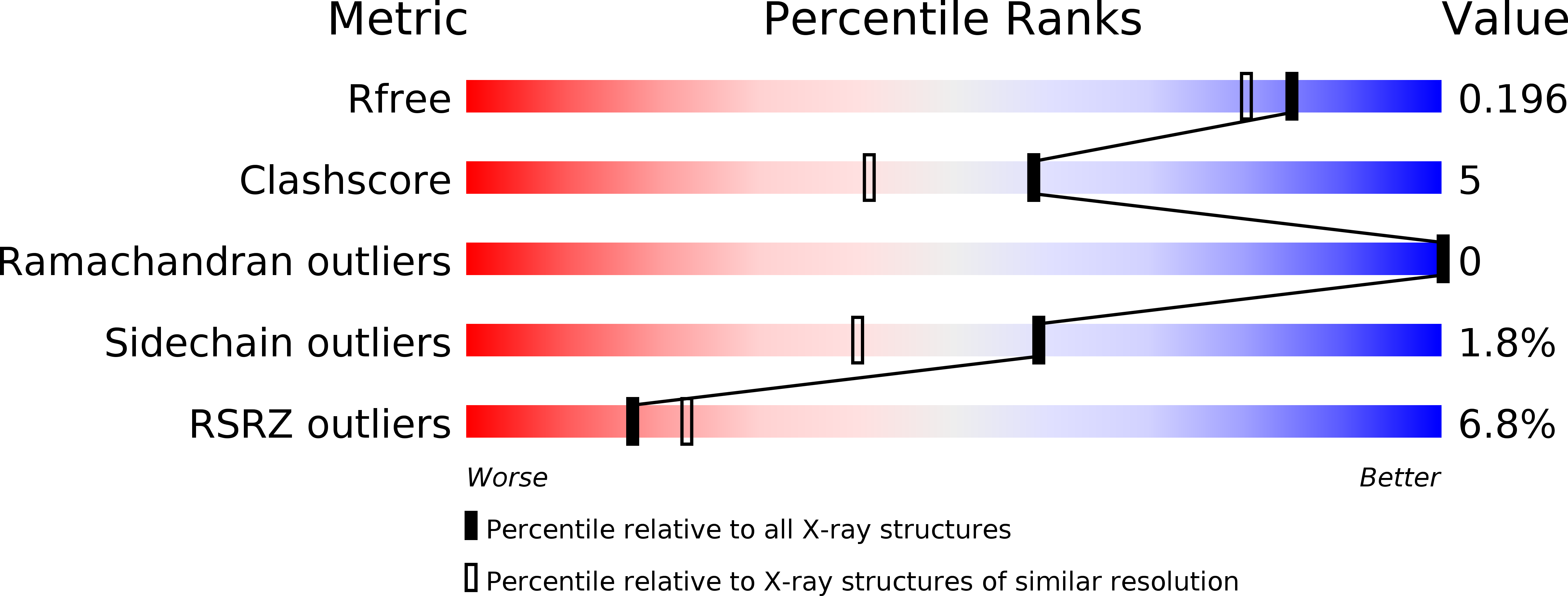
Deposition Date
2018-12-19
Release Date
2019-01-02
Last Version Date
2023-11-22
Entry Detail
PDB ID:
6IZH
Keywords:
Title:
Crystal structure of deaminase AmnE from Pseudomonas sp. AP-3
Biological Source:
Source Organism:
Pseudomonas sp (Taxon ID: 306)
Host Organism:
Method Details:
Experimental Method:
Resolution:
1.75 Å
R-Value Free:
0.19
R-Value Work:
0.15
R-Value Observed:
0.15
Space Group:
C 1 2 1


